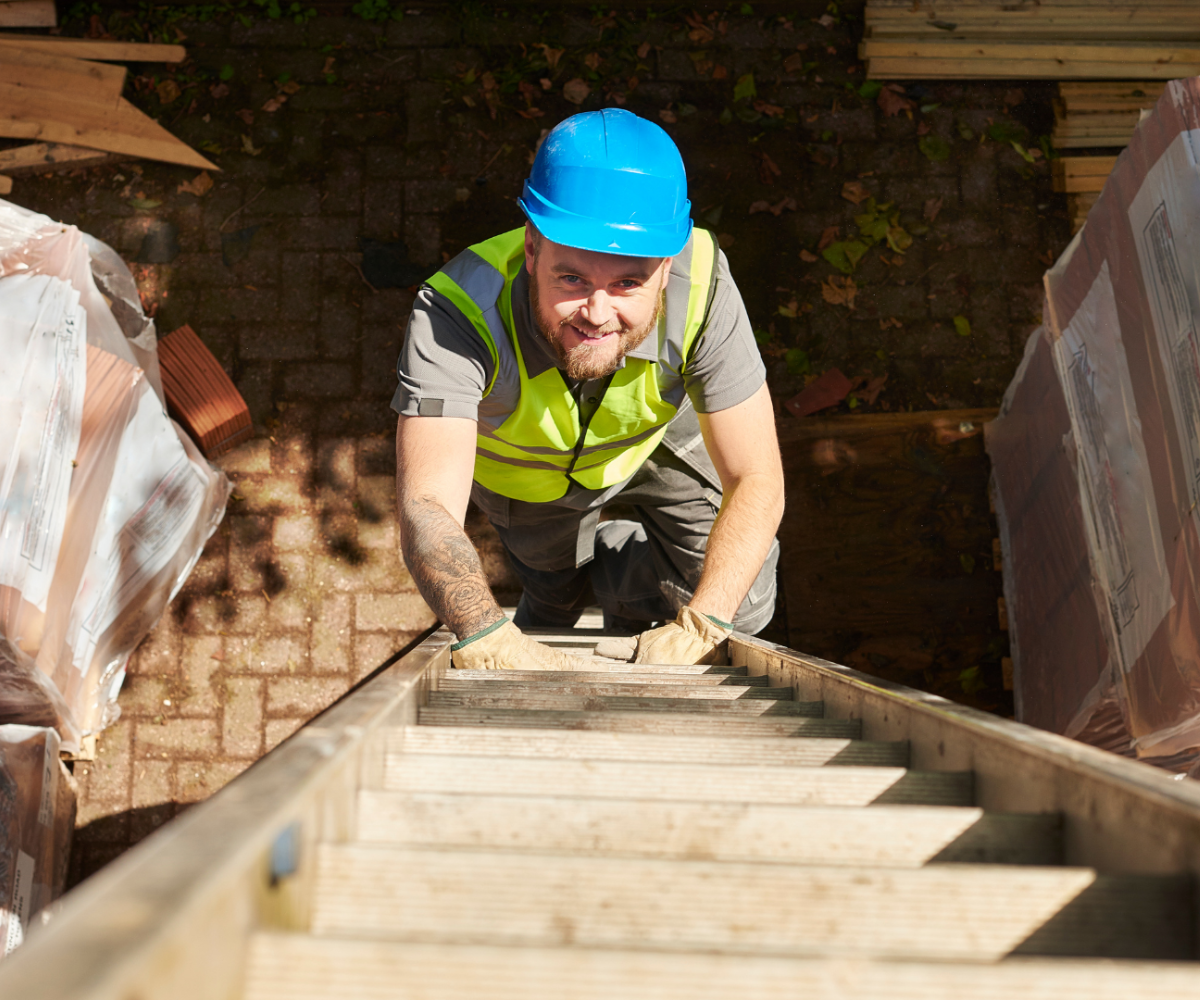Ladder safety is urgent

According to Lombardi et al. (2011) ladder falls comprise 16% of all US workplace fall-related fatalities, and ladder use may be especially hazardous among older workers. Risk factors for fractures are the most frequent and severe outcome of falling from a ladder.
Accidents resulted of holiday DIY jobs around the home are one of the most common characteristics of patients who presented to the emergency department for ladder‐related falls.
Safe use of Ladders
Height safety is urgent. Ladder‐related falls carry a considerable burden not only to the emergency department (ED) but to the regular ladder user. Recommendations include ladder safety interventions that target ladder users most at risk of falls (Cabilan, 2018).
According to data published by the Center for Construction Research and Training (CPWR), more than 20.000 US workers are injured each year from ladder falls. Furthermore, as the US population and associated workforce continues to shift to an older age distribution, prevention of ladder falls is emerging as a workplace safety priority. A study by Diggs et al (2005) reported that 47% of all patients hospitalized for a ladder fall (work and non-work) were over 55 years of age, compared to only 16% of patients who fell from other structures such as, building, window or scaffolding. Risks for falls for older people are much greater for ladders when compared to other fatal injuries, including other falls from elevation. Given this, it is essential to follow safety protocols and to use Ladder Safety Device/s.

On the other hand, falls in industries such as construction are most common; these workers accounted for an estimated 37% of all fatalities due to falls in the US in 2007. In a study of union carpenters, ladders were involved in 21% of all falls from heights.
Four Principles of Ladder Safety
The American Society of Safety Engineers (2018) proposed Four Principles of Ladder Safety.
- Select the right type and size of ladder.
- Set up the ladder correctly.
- Inspect the ladder for damage and wear.
- Use the ladder correctly.Ladder Safety System
Ladder Safety System
There are many types of ladders that you can select from. First step towards ladder safety is to use the correct ladder for the job as well as the right tool to secure your ladder. Therefore, it is equally important to use a ladder anti slip device.
To choose the right size ladder, determine the standing level that must be reached to safely perform the job. And then choose a ladder that has the highest standing level that is equal to or higher than this value.
Injuries from Ladder Falls

Closer collaboration among employers, safety experts, and health professionals can help prevent thousands of injuries from falls involving ladders and provide the right implements (roof safety products) to attend the need of climbing on a roof safely. In the US ladders are involved in about 81% of fall injuries that require emergency care. Ladder fall injuries represent a substantial public health burden of preventable injuries for workers; therefore the implementation of safety measures and the use of a Ladder Safety Accessory is urgent (Journal of the American Medical Association, 2014).
Portable Ladder Safety

According to the Journal of the American Medical Association [JAMA] (2014), in the US the highest fatal and nonfatal injury rates were in construction and mining occupations. Following them were installation, maintenance, and repair jobs. Head injuries played a role in about half the deaths, while most nonfatal injuries affected the upper and lower extremities. Ladder Falls can be severe but are preventable. The researchers wrote that medical professionals could play a role in prevention by recommending that patients follow safe ladder practices such as those published by the American Academy of Orthopaedic Surgeons as part of the Prevent Injuries campaign. Moreover, you can maximise your safety standards by using a Ladder Safety Accessory such as the Lock Jaw Ladder Grip when working at heights. Also, the JAMA recommends that Employers can take preventive measures by planning ways to finish as much work as possible on the ground; providing safer equipment such as aerial lifts, supported scaffolds, or platforms; and selecting ladders that are well matched with employees’ weight, tasks, and location.
The World Health Organization Ranks Falls as the Second Leading Cause of Accidental or Unintentional Injury Death Worldwide

Use of Ladder
According to Melmer et al (2020) one in four older adults in the U.S. report falling each year, with an estimated 3 million emergency departments visits annually. Furthermore, he argues that as the U.S. population ages, these functionally active and independent older adults are increasingly predisposed to nonoccupational ladder-related falls. Fatal occupational-related falls to a lower level increased 26% from 2011 to 2017, most commonly resulting from ladders and the private construction industry. These fatal injuries resulting from falls to a lower level, the primary source is the object or surface from which the worker fell. Consequently, the implementation of a ladder risk assessment is a must when you are working at heights. A Ladder Stabilizer for Roof is a tool that minimizes these risks. The Lock Jaw Ladder Grip is a device that stabilise the ladder, this device has been nationally and internationally recognized for its quality and innovative design as the best ladder stabilizer for roof.



